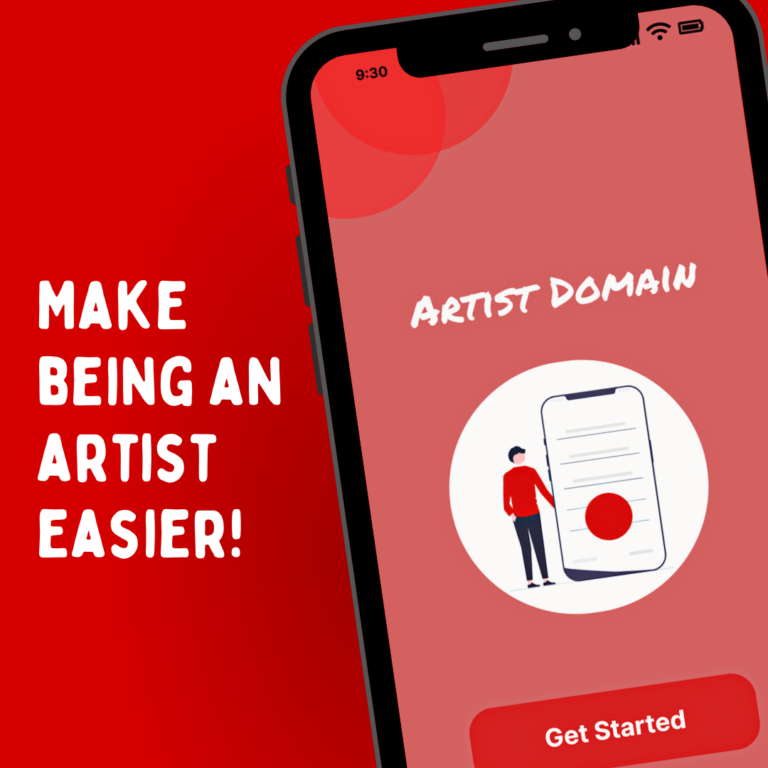
Background
Artists’ Domain is an app or website that artists can use to leverage their skills and help them become available to the public whether they’re looking to display their work, do freelance work, or to collaborate with other artists.
Artists are a necessity in today’s society, whether people know it or not. It is what we see in many of our entertainment formats such as television, music, cartoons, etc. But despite it being very prevalent, it’s often hard for artists to get exposure and have their work be seen and in demand.
As of 2020 since the COVID-19 pandemic, approximately 62% of artists have become unemployed, and 95% of artists have experienced income loss, making it a lot harder to find opportunities or reliable income sources.
This platform would serve well in helping artists of any age and background find more opportunities to display their work and how they can jump start their career as well as provide values for others, whether it could be for a company logo or advertisement, songs, actors and actresses for shows and films, etc.
Role
Solo Designer, User Tester
Design Process
Knowing that an app would be the best solution to this problem, there were a few approaches that I had to take in order to solidify the choices made. Apps are what most people gravitate towards, so moving forward with a basic social media build would be the best way to make users comfortable with the platform. Most users of social media are familiar with screens associated with apps such as Facebook, LinkedIn, and Instagram, so this app would be no stranger to newcomers.
My first decision was to create a paper wireframe just give a general representation of what the screen would potentially look like.
Wireframe Sketch:

These are paper wireframe sketches to show the basic designs of the major screens. The screens consist of the Welcome Page, Sign-up/Login Page, Home page, Profile page, Search/Filter page, Direct Messages, and Settings menu.
Low-Fidelity Wireframes:

The low-fidelity wireframe gave me the room to organize the screen and give a little more detail as to what the user would see when navigating through the main screens of the app.
After creating the wireframes, I took the design to a few people relatively close to me, about 3-4 people, and asked for feedback and what changes they thought needed to be implemented into the design process. So far, there haven’t been any suggested changes that were immediate, but work can always be done.
High-Fidelity Wireframes & Prototype:

After developing the most feasible design for the mobile app, here is what I came up with so far. The app shows the basic functions that users will have access to when using the product. It will allow them to do features that they are already comfortable with from other social media platforms, such as interact with users, build relationships with one another, and even upload and share posts with individual users or entire communities related to that specific art form. These features will also allow users to build connections with one another and also present potential opportunities for artists, like finding jobs, running into people that could eventually turn into clients, or even have contract roles for companies and doing freelance work.
Results and Takeaways
Artists Domain is a great concept and can potentially solve an issue that a lot of artists face within society of not having the oportunity to showcase their works of art and having ways to provide value for establishments. This product still has a lot of features that need to be to be worked on and will be implemented within the future. This study has helped me realized that user research and empathy plays a heavy role in the development process for this product.
Another round of user research and testing can help with the development and adding more to the prototype can help users getting a better understanding of what the product will introduce.